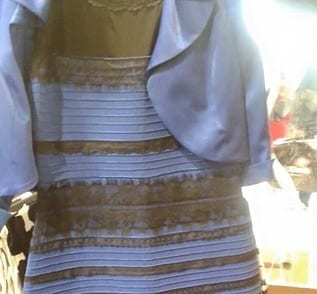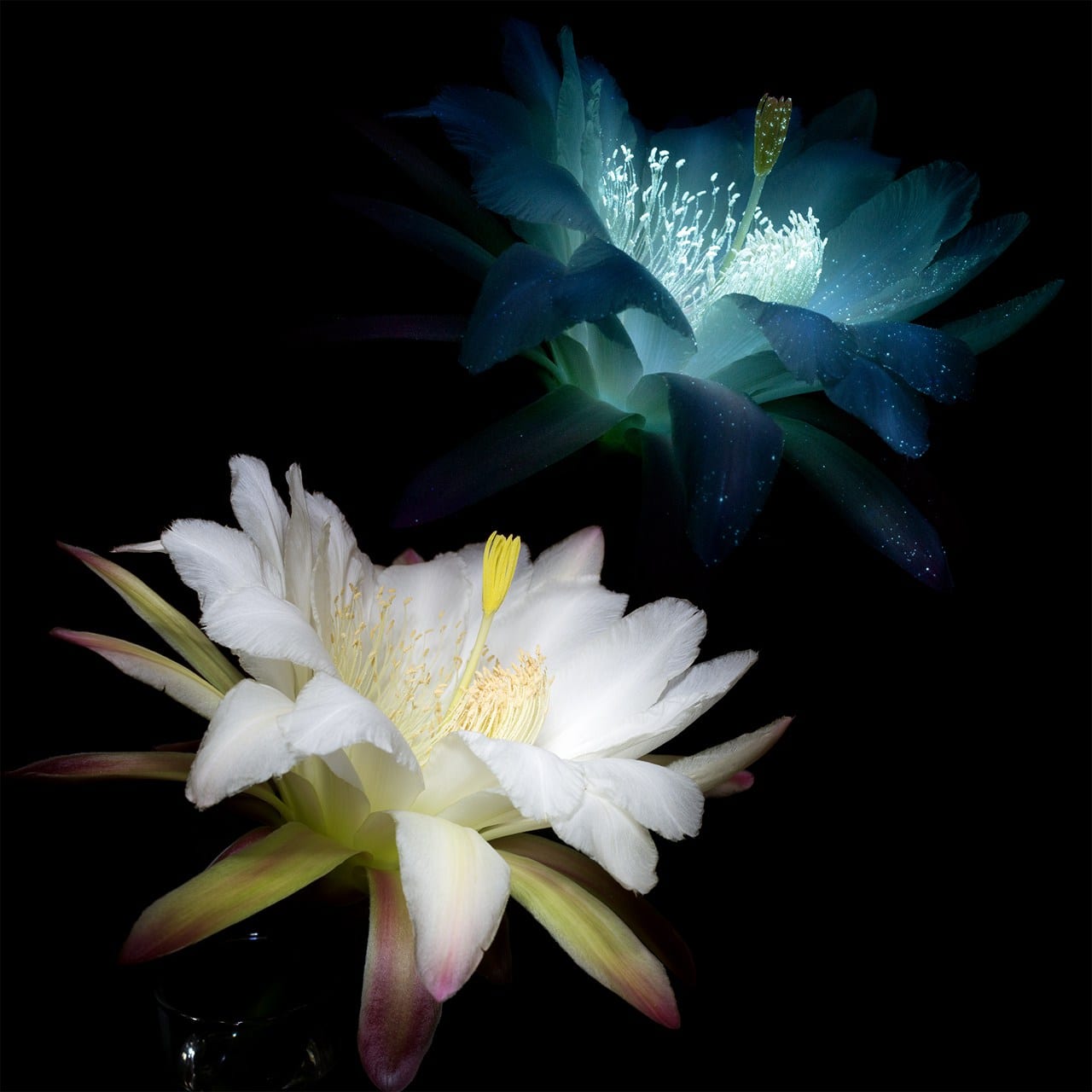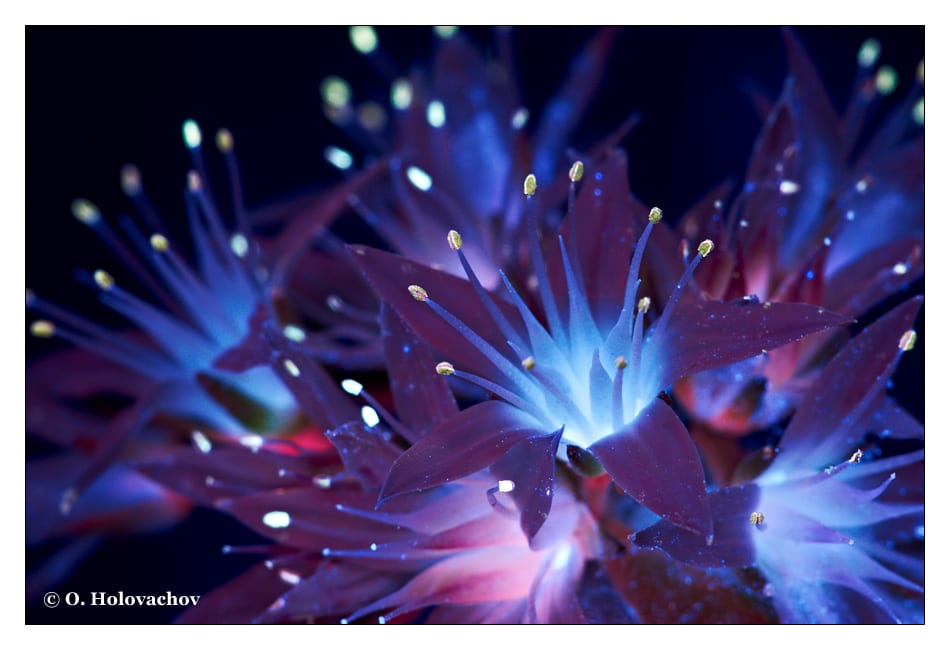If you use social media, then you probably remember the uproar surrounding the optical illusion known as “The Dress.†Some people saw blue and black, others, white and gold. The vehement arguments over the color of the dress are a perfect example of how our perception can influence what we think of as reality.

Unfortunately, what we see may not reveal the whole truth. Scientists must continuously challenge their perceptions in order to make new discoveries. What we learn from changing our perceptions not only increases our knowledge about the world but can also be used to invent new technologies. If we limit ourselves to thinking about only what we can directly perceive, how can we imagine new possibilities?
Looking back, even our idea of what light is has changed over time. The Greeks believe that we saw by shooting beams of light out of our eyes. Later, light was considered a mixture of different colored rays. Currently, light is thought to have both the characteristics of a particle and a wave as it moves through space. Each of these theories was the best answer philosophers and scientists had at the time, based on what they could perceive. As we develop new methods of measuring and describing the natural world, our ideas about it change to reflect new evidence.
It turns out the light humans can see is only a limited part of the total electromagnetic spectrum. What we think of as colors, including black and white, are called visible light. Other species in the animal kingdom have evolved to see even more of the electromagnetic spectrum. For example, most pollinators such as bees, wasps, butterflies, moths, and flies see ultraviolet light in addition to visible light. Furthermore, it is thought that flowering plants evolved to reflect UV light as a method of attracting specific pollinators. So if we can't see UV light, how do we study it? Fortunately, we have the ability to build tools to give us a “bee's eye view.†Scientists use instruments that measure the wavelengths of light (visible and invisible) reflected off flowers to reconstruct a picture. The process is very similar to how a digital camera works, but in this case, UV and/or infrared light can also be captured. Researchers think the UV signals help guide pollinators to the flower's nectar, increasing the chance of successful pollination.

Photo credit: Craig P. Burrows Photography
Another way scientists can change how they see the world is to collaborate with people who have a different perspective. Photographers like Craig Burrows, Oleksandr Holovachov, and Robin Noorda use a process called ultraviolet-induced visible fluorescence (UVIVF) photography to create ethereal photographs of common flowers and plants. To be clear, these images capture the visible light emitted from the object when using an ultraviolet light source, not the reflected UV light that bees see. Other artists use infrared photography to achieve a different effect. While it is still unknown why certain plants fluoresce under UV light or reflect infrared light, these different ways of seeing can possibly help us understand how they interact with their environment and survive.

Photo credit: Oleksandr Holovachov
Using new imaging techniques and collaborating with people who work in different disciplines with alternate perspectives challenges us to think outside the box. Just like how the Blue Dress elicits discussion online, inviting different perspectives into research opens up new opportunities to learn more about the world.
 Mackenzie Carter is an enthusiastic masters student in the College of Veterinary Medicine. She is currently studying tissue engineering to model disease states in bone, namely panosteitis in canines. Mackenzie loves hands on projects, from ceramics to solar powered robots. In her free time she explores her passions: cephalopods, tea, and swing dancing. You can connect with Mackenzie via email at mackenziecarter@uga.edu.
Mackenzie Carter is an enthusiastic masters student in the College of Veterinary Medicine. She is currently studying tissue engineering to model disease states in bone, namely panosteitis in canines. Mackenzie loves hands on projects, from ceramics to solar powered robots. In her free time she explores her passions: cephalopods, tea, and swing dancing. You can connect with Mackenzie via email at mackenziecarter@uga.edu.
About the Author
- athenssciencecafehttps://athensscienceobserver.com/author/athenssciencecafe/April 17, 2020
- athenssciencecafehttps://athensscienceobserver.com/author/athenssciencecafe/April 12, 2020
- athenssciencecafehttps://athensscienceobserver.com/author/athenssciencecafe/April 3, 2020
- athenssciencecafehttps://athensscienceobserver.com/author/athenssciencecafe/March 30, 2020







